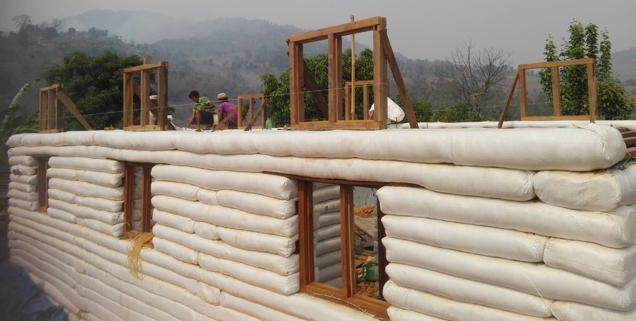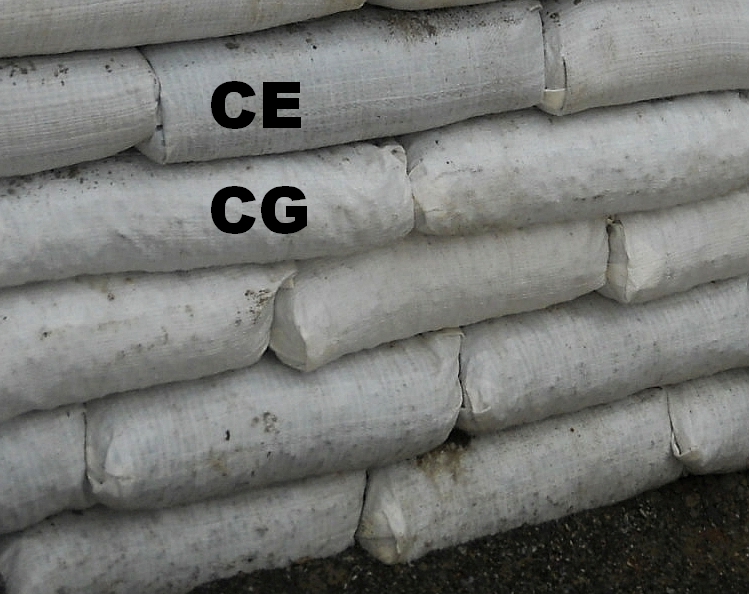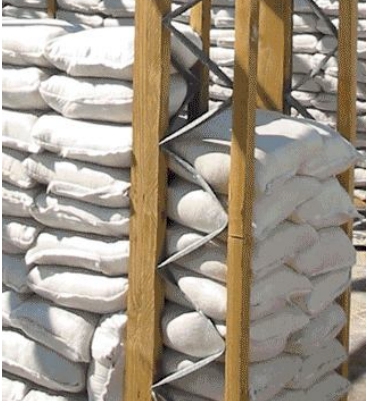Inside tips for aid workers
After an earthquake first priorities are preserving and protecting those who survived.
DIY and low-cost materials can be used for insulated bedding.
Mesh tubes with straw can make warming shelters in cold weather, and with clay added after freezing is past, become fire-proof multi-year shelters.




